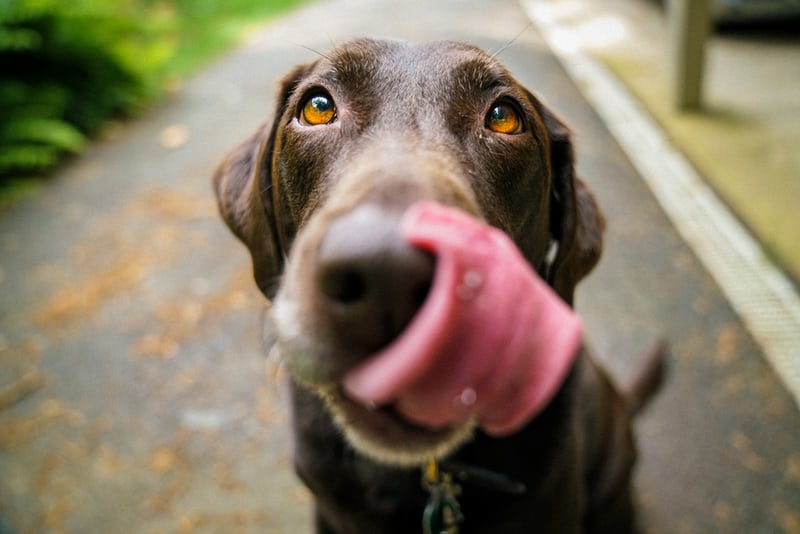Suppose your pet is undergoing a regular spay or neuter procedure or more orthopedic severe surgery. In that case, you’re likely to feel anxious and want to do everything necessary to ensure that the process is completed as smoothly as possible for your pet. The amount of information that one needs to remember is massive. Are there any specific steps he has to take? Are there any additional tests that are required prior to the procedure? Your physician will provide instructions, but the procedure can be daunting.
What is the significance of pre-surgery information?
In light of this, we’ve compiled some of the most frequent concerns our vets receive from pet parents who are concerned in the days before their animal’s surgery. It doesn’t matter if it’s a routine process like a dental cleaning or something more involved such as a hip replacement. The method of preparing your pet for surgery is an overwhelming procedure. We’ve broken down here the fundamentals to help you plan to be as far in advance as possible.
Weeks Before Surgery
You’ll need one or additional appointments with your veterinarian before the day of your pet’s procedure. During these appointments, the veterinarian will ask questions to obtain a complete picture of your pet’s health history, past illnesses or injuries, current treatments, and any behavioral issues. Your veterinarian will also thoroughly assess your pet to ensure they’re healthy enough to undergo surgery.
If your pet is overweight, your veterinarian might suggest that you begin weight loss before surgery. Carrying extra weight raises the risk of general anesthesia, making it challenging for the pet to move about the following surgery and, in turn, prolongs the recovery time.
Days Prior Surgery
The doctor may request blood tests to assess organ function and overall health. These blood tests can uncover hidden issues that aren’t visible in an exam. These tests help reduce anesthesia risks. Pet ultrasound and radiographs can also be suggested. Bathe or groom your pet the week before surgery, so they’re clean and ready. It’s impossible to groom your dog or cat after surgery, as the incision must remain dry.
Make plans for the transport to and from the surgery. Big or large breed dogs might be difficult to take home after surgery. Consider the mobility of your pet after surgery. Ask your vet how to get your pet home following surgery. Prepare a peaceful, comfortable setting for your pet’s return. If your pet requires some time in the crate following surgery, ensure that you have a crate ready.
Night Prior Surgery
The vet will give you the instructions you need to follow for your pet’s operation. In most cases, you’ll be allowed to feed or water your pet after midnight the night before the procedure. Ask your veterinarian about withholding your pet’s medication until after the process. Bring any food, medications, or other items the team will take care of if your pet stays overnight at the vet’s clinic following surgery. Your pet will require to give the highest quality of care. In certain circumstances, your pet might need to stay overnight before surgery.
Day of Surgery
Before your surgery, don’t feed or water your pet. Your pet could aspirate while under anesthesia if it eats or drinks. Your veterinarian will arrange the drop-off of your pet. The day of surgery at your vet’s clinic will be crowded, so ensure you arrive at the right time and remain calm when taking your pet to the drop-off location. Your veterinarian might conduct further tests before surgery to lower anesthetic risks. Stop by the front desk and leave your contact information to get updates on your pet via phone.
Post-Operative Care
The veterinarian you see will provide the complete post-op instructions. If your pet suffered from an incision in his body, he might require painkillers and an E-collar. The “cone of shame” minimizes the chance of the wound opening again. Your pet’s veterinarian may advise you to limit their activities.
This is a challenge for energetic breeds, yet it’s vital for healing. It is worth considering getting your pet a cage or a tranquilizer. Your pet’s incision must remain dry and clean for two weeks following the surgery. Following the veterinarian’s instructions will help your dog’s recovery. If you are experiencing any signs of discomfort or unusual behavior, call your veterinarian or go to the nearest emergency vet. Feel free to checkout websites like Winston-Salem.CarolinaVet.com for more information.



